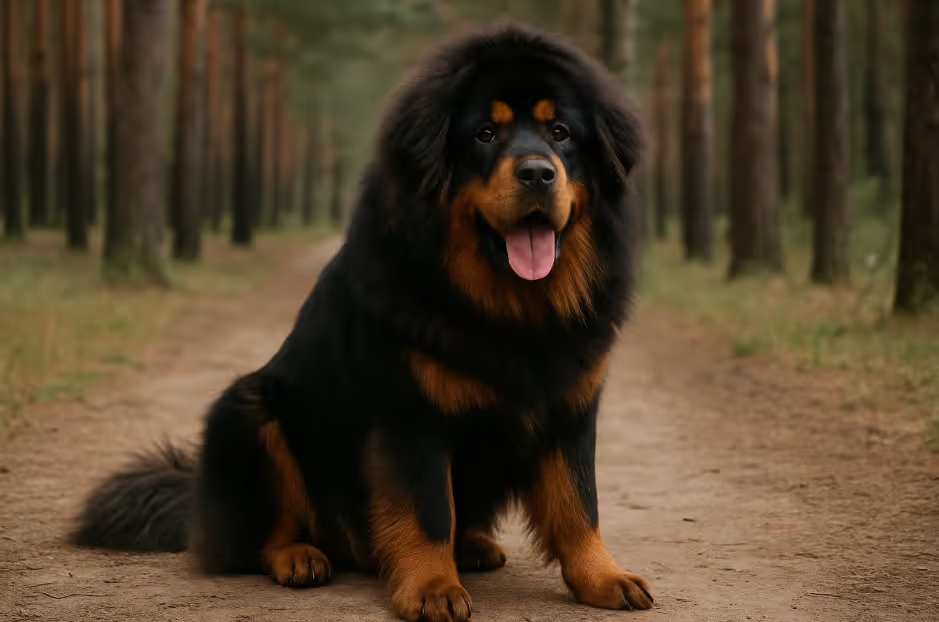The Tibetan Mastiff is an imposing, powerful, and deeply loyal guardian breed from the Himalayan region, renowned for its protective instincts, independence, and striking mane-like coat. Originally bred to guard monasteries and livestock from predators, the Tibetan Mastiff is calm and affectionate with family but naturally reserved and territorial with strangers. Best suited for experienced owners with ample space, this ancient breed thrives when given a purpose, strong leadership, and a close bond with its people.

The Tibetan Mastiff is an ancient livestock guardian breed, believed to be over 2,000 years old, originating in Tibet and surrounding Himalayan regions. These dogs were used by nomadic herders to protect sheep, yaks, and other livestock from wolves, leopards, and even snow leopards. They also served as sentinels for monasteries, earning respect for their bravery and unwavering loyalty. European explorers and traders brought them to the West in the 19th century, where their majestic presence captured attention. Recognized by the American Kennel Club in 2006, the Tibetan Mastiff remains a rare but admired guardian breed worldwide.
A massive, strong, and dignified guardian dog with a heavy coat and noble bearing.
Their thick coat requires regular upkeep, especially during seasonal shedding.
Moderate energy needs but requires daily activity to stay healthy and content.
Intelligent and independent, the Tibetan Mastiff requires confident, consistent leadership.
A balanced, nutrient-rich diet supports their large frame and coat health.
Generally healthy but prone to large-breed issues.
Rare but available through specialized breeders and rescues.
Are Tibetan Mastiffs good family dogs?
Yes, they are devoted and gentle with family but reserved with strangers.
Do Tibetan Mastiffs bark a lot?
Yes, especially at night or when guarding property.
Are they good with other pets?
They can be, if raised together and well-socialized.
Are they easy to train?
They are intelligent but independent; best for experienced owners.
Do they shed a lot?
Yes, heavily during seasonal coat changes.
Are they hypoallergenic?
No.
How much exercise do they need?
About 45–60 minutes daily.